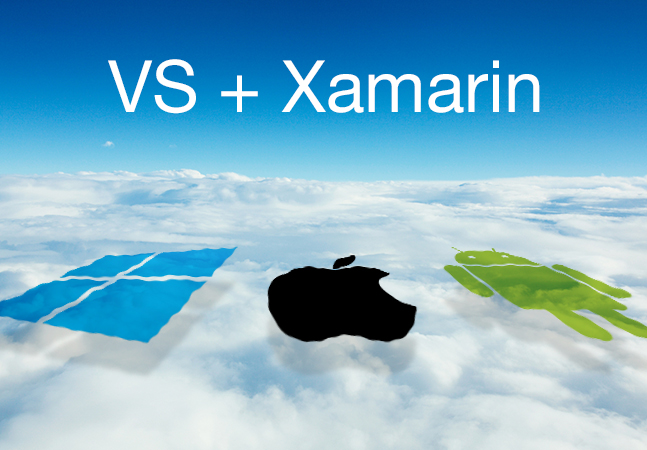Visual Studio 2017 Visual Studio For Mac
Microsoft Visual Studio is a well-known Integrated Development Environment (IDE), primarily used to develop applications for the company’s Windows operating system as well as websites and Web-based apps. Since Visual Studio 2015, developers apps for Android, iOS, macOS, and Linux, apart from Windows. On Wednesday at the Microsoft Connect; 2016 conference in New York, a Mac version of the suite was unveiled as by leaked documents earlier this week. The preview version, now from Microsoft's website, will let developers build native apps for cloud, iOS, Android, and macOS, using C#, a general-purpose object-oriented language developed by Microsoft. Notably, it will not let Mac users develop for Windows. But as earlier this week by Ars Technica, this isn’t the actual Visual Studio that’s coming to macOS, but rather a re-branded version of Xamarin Studio, a cross-platform C# development environment.
The California-based maker of this software, Xamarin, was early this year. What this means of course is what Microsoft is launching is very different from Visual Studio available on Windows, with the latter being a more capable product.
In the meanwhile, Microsoft has released Visual Studio 2017 for Windows as a release candidate in Community, Professional, and Enterprise editions. Visual Studio 2017 RC is to have several improvements with the biggest change making it easier to install, upgrade, and uninstall the software. Other changes include improvements for speed, code navigation, IntelliSense, debugging, and more. Microsoft has been on a path to embrace open-source technologies more lately; on Wednesday it announced it would as a Platinum member., the motto of Visual Studio today plainly says - “Any developer, Any App, Any Platform”.

Visual Studio For Mac Free
One area Macs are very different to Windows PCs is in the way documents are opened. Mac apps manage documents internally instead of being able to tap a start button again and open a second instance of your app to load a new document. This means that on Windows Xamarin developers can open multiple instances of Visual Studio at the same time, allowing them to have multiple solutions open. On the Mac this ability has been missing - you click VS again and it just focuses on the same instance that's already running. There have been a number of workarounds for Xamarin Studio and Visual Studio the apps you can run that will launch another instance, but actually - you don't need to! Unlike VS on Windows, VS on Mac (and Xamarin Studio for those who haven't updated) can open multiple solutions at the same time in the same window. The option to do so is a bit hidden, but it's there.
What you do is:. Open your first solution. Select 'File-Open'. Select your solution in the Open dialog (just a single click, don't double click to open it). Click the 'Options' button. Uncheck 'Close current workspace'.
Visual Studio 2017 Vs Visual Studio For Mac

Visual Studio For Mac
One area Macs are very different to Windows PCs is in the way documents are opened. Mac apps manage documents internally instead of being able to tap a start button again and open a second instance of your app to load a new document. This means that on Windows Xamarin developers can open multiple instances of Visual Studio at the same time, allowing them to have multiple solutions open. On the Mac this ability has been missing - you click VS again and it just focuses on the same instance that's already running. There have been a number of workarounds for Xamarin Studio and Visual Studio the apps you can run that will launch another instance, but actually - you don't need to! Unlike VS on Windows, VS on Mac (and Xamarin Studio for those who haven't updated) can open multiple solutions at the same time in the same window.
The option to do so is a bit hidden, but it's there. What you do is:. Open your first solution. Select 'File-Open'.
Select your solution in the Open dialog (just a single click, don't double click to open it). Click the 'Options' button. Uncheck 'Close current workspace'.